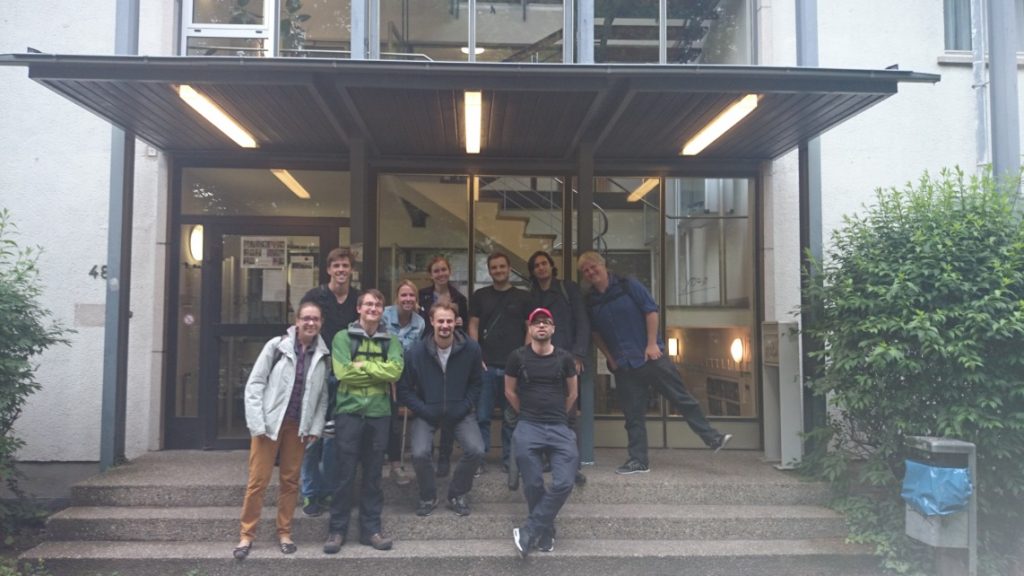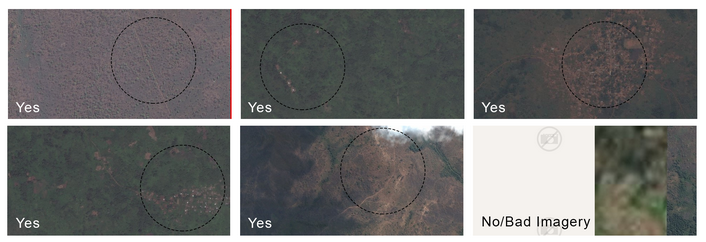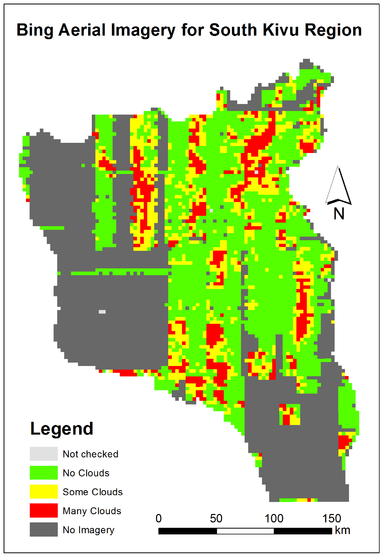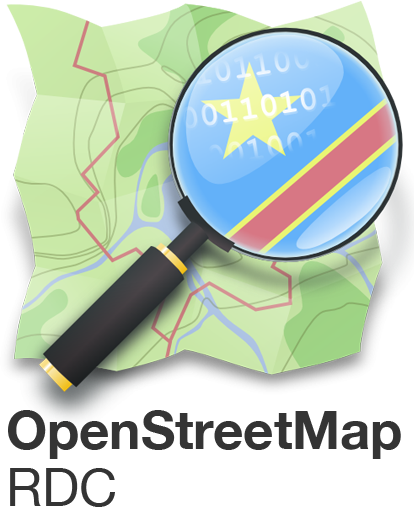Abstract
Geospatial data is crucial in emergency situations when it is essential to coordinate humanitarian operations in the field, to localize events and to achieve situational awareness. This kind of geographical information however, is only sparsely or in no sense available in many places of the world, including some of the most vulnerable regions. The objective of the Missing Maps project is to complete these neglected places on the OpenStreetMap.
This task turned out to be time and work consuming not only due to the vast extent of the unmapped regions that are in addition often only sparsely populated but also due to insufficient quality of satellite imagery. To address these issues the Disastermappers Heidelberg Initiative developed a multi step workflow in cooperation with the Missing Maps members. South Kivu was hereby chosen as a pilot region.

Background
The objective of the Missing Maps project is to gather map material for the most crisis prone regions in this world. However, covering whole regions using the known HOT workflows turned out to pose a very challenging task to the volunteers. This is mostly due to the fact that many rural areas consist of scattered residential areas within large distances and wide areas. The residential areas are therefore hard to detect and can easily be missed. Moreover, the available satellite imagery varies in coverage and quality. To address these issues, the imagery needs to be pre-processed to enable effective contributions on the side of the volunteers. If volunteers are already provided with imagery showing settlements and roads and other areas are left out, mappers will rarely get lost and do not have to avoid a large number of “empty” tiles within the task. However task designers might not always have the capacity to pre-digitize the area in advance. To include volunteers in this pre-processing task, a multi-stage workflow was developed using the Pybossa crowdsourcing framework.
Multi Step Workflow
In the first step, areas of interest for mapping are identified using the Pybossa crowdsourcing tool. The whole region of interest is divided into equal tiles which are then added to a micro crowdsourcing task. Volunteers are asked to detect tiles that are of a sufficient level of quality to identify features. All tiles with good quality are then again classified. In this detailed task the volunteers are asked to identify residential areas/settlements and main roads visible in the provided tile and mark the tile accordingly.

For source code, see github repository.
In the following step, all tiles that have been recognized to provide a sufficient level of satellite image quality and contained visible residential features were imported into the OSM Tasking Manager.
A detailed description on how to design your own missing maps like PyBossa task can be found at our blog: How to create your own Missing Maps like PyBossa task

In the Tasking Manager several projects were launched in which the tiles could be accessed by OSM volunteers. In the first pass all residential areas and roads were in the mapping focus.

After finalizing the first pass, more OSM Tasking Manager projects will be launched to provide detailed map material according to the requirements (buildings/roads etc) in the settlement areas.
Want to make a change? – Contribute and help us fill this gap in the OSM!
Mel, for the Disastermappers Heidelberg Initiative


Leave A Comment